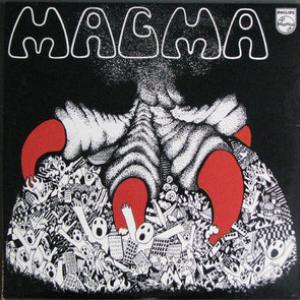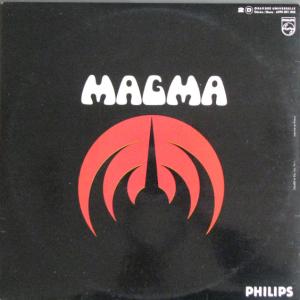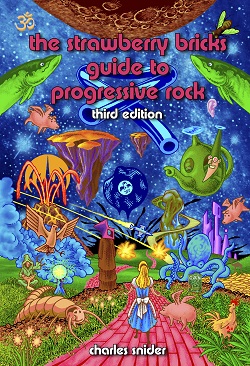Magma


| Tracklist | |||
| A1 | Kobaia | 10:15 | |
| A2 | Aïna | 6:15 | |
| A3 | Malaria | 4:20 | |
| B1 | Sohïa | 7:35 | |
| B2 | Sckxyss | 3:47 | |
| B3 | Auraë | 10:56 | |
| C1 | Thaud Zaia | 7:06 | |
| C2 | Naü Ektila | 12:55 | |
| D1 | Stoah | 8:05 | |
| D2 | Mûh | 11:13 | |
Alto Saxophone, Tenor Saxophone, Flute - Richard Raux
Composed By - Christian Vander
Composed By - Claude Engel
Composed By - François Cahen
Composed By - Laurent Thibault
Composed By - Teddy Lasry
Design [Maquette] - M.J. Petit
Directed By [Régisseur] - Louis Haig Sarkassian
Drums, Vocals - Christian Vander
Electric Bass, Contrabass - Francis Moze
Engineer - Claude Martenot
Engineer - Roger Roche
Guitar, Flute, Vocals - Claude Engel
Piano - François Cahen
Producer - Laurent Thibault
Soprano Saxophone, Flute [First], Woodwind - Teddy Lasry
Supervised By - Lee Hallyday
Technician [Assistant] - Marcel Engel
Trumpet, Percussion - Alain Charlery
Vocals - Klaus Blasquiz
First issue. Gatefold cover with inwardly folding flaps.
Often referred to with the title ''Kobaïa''.

